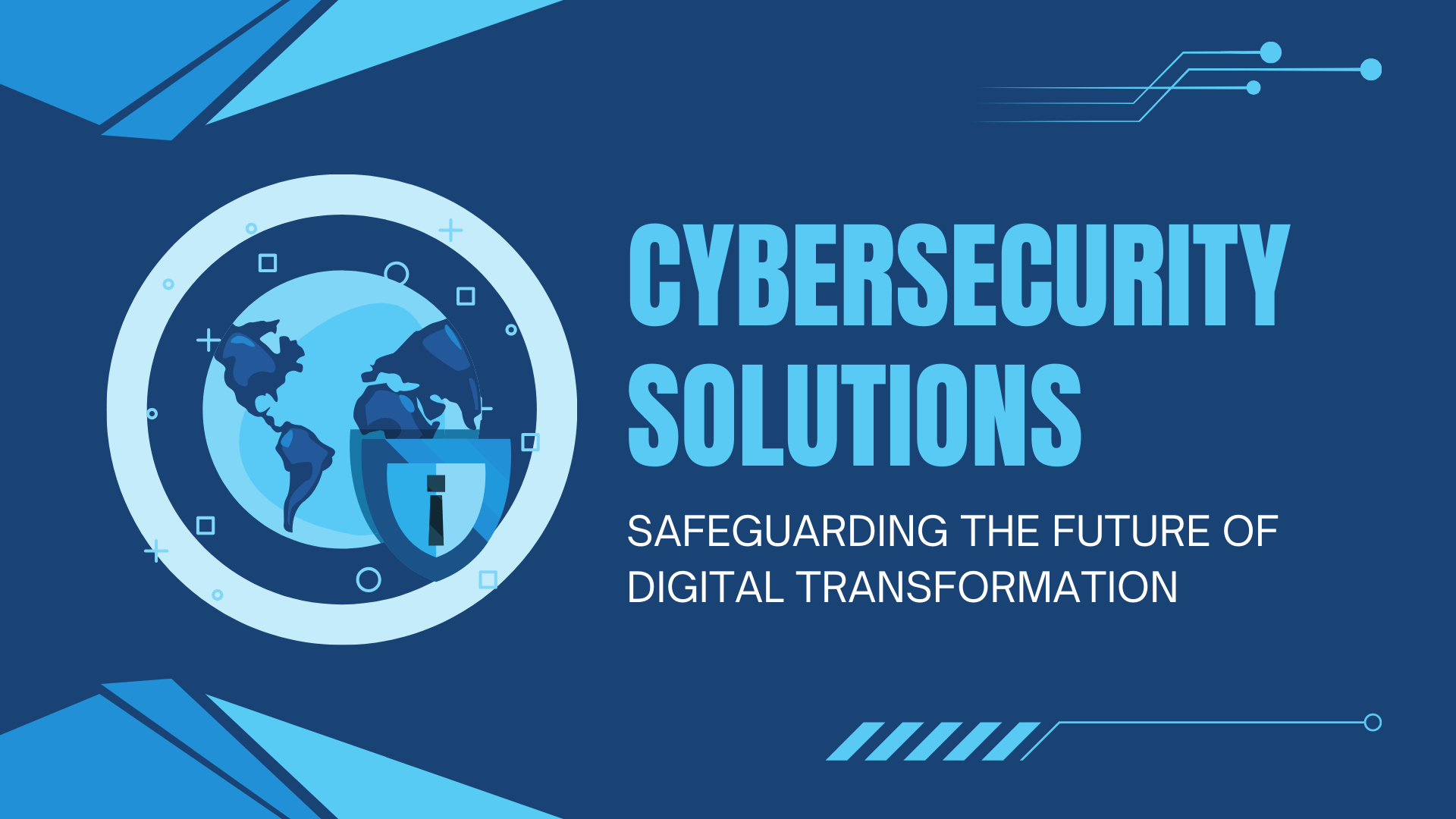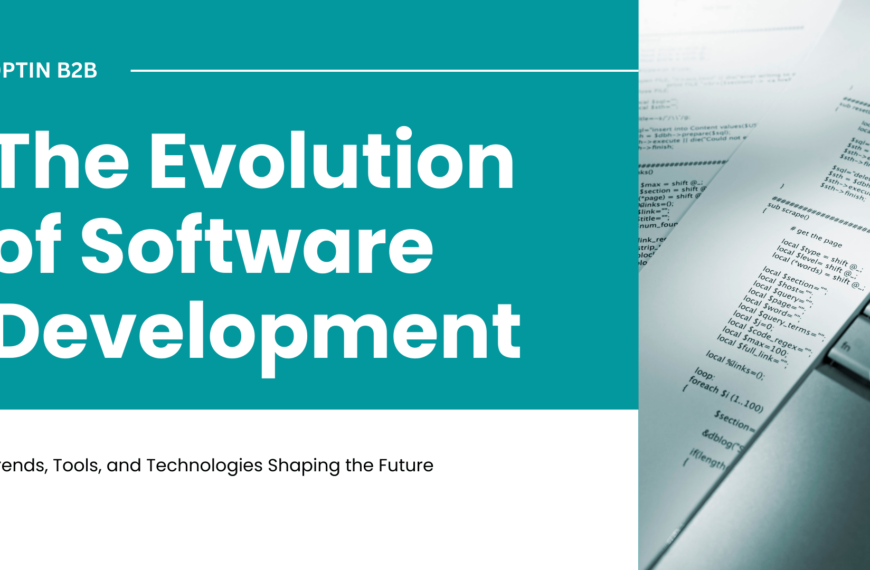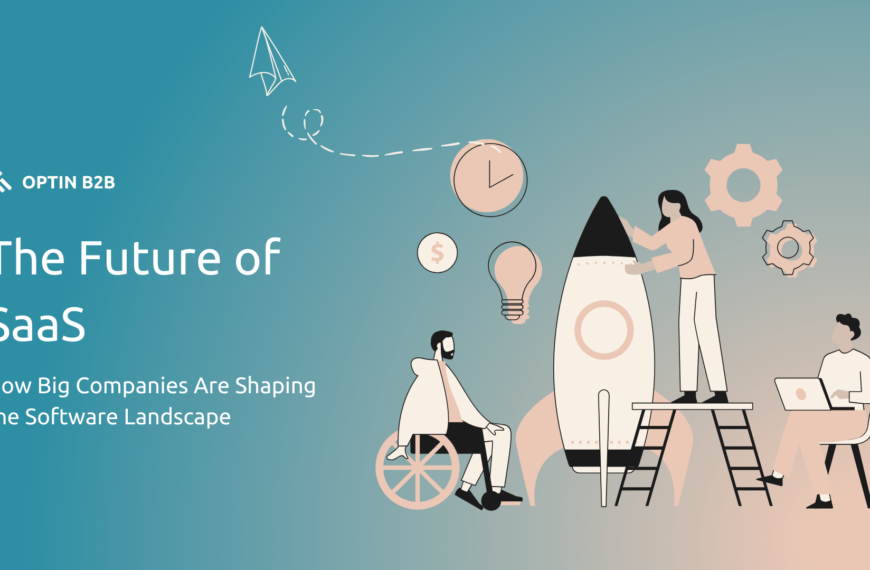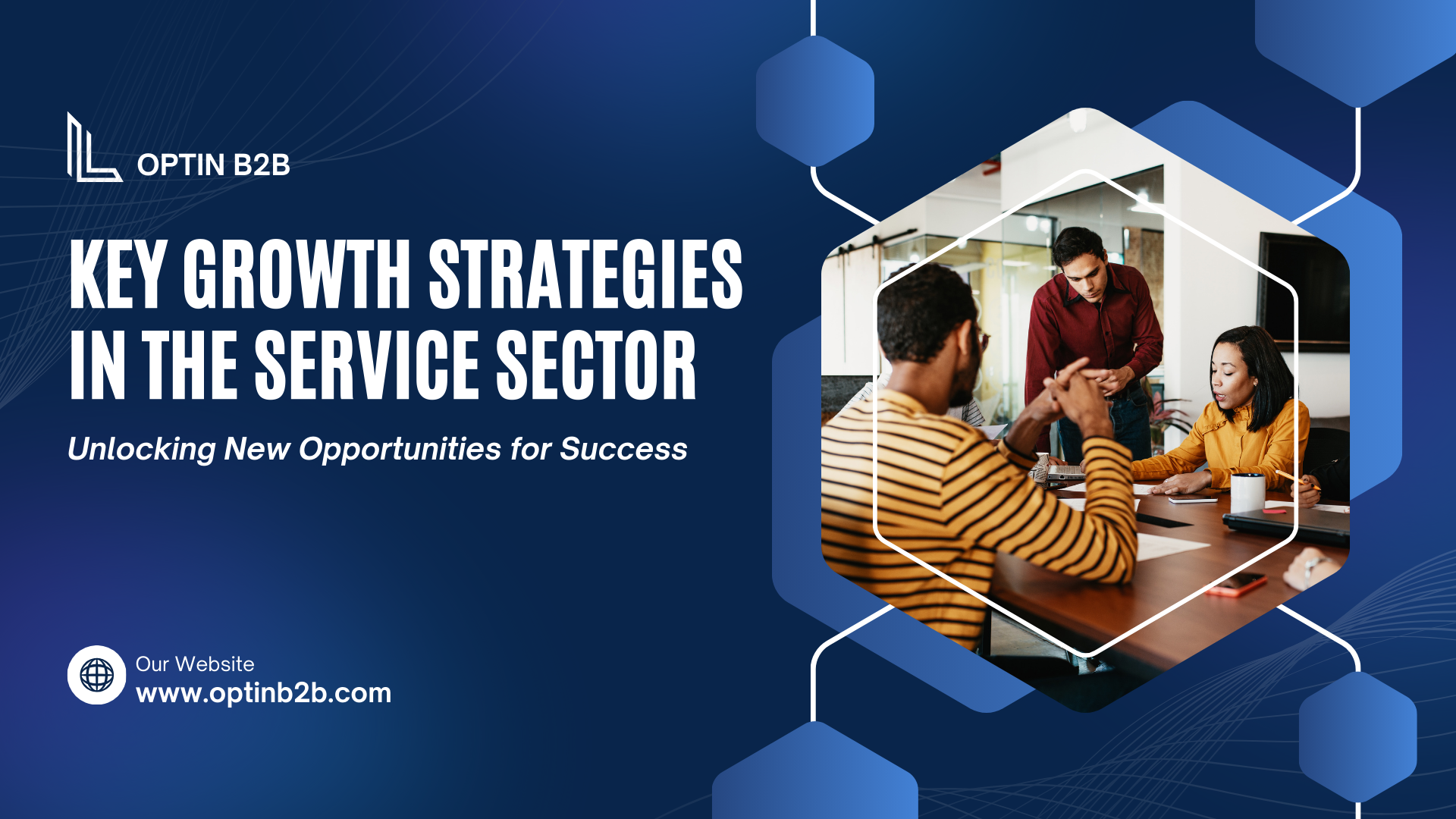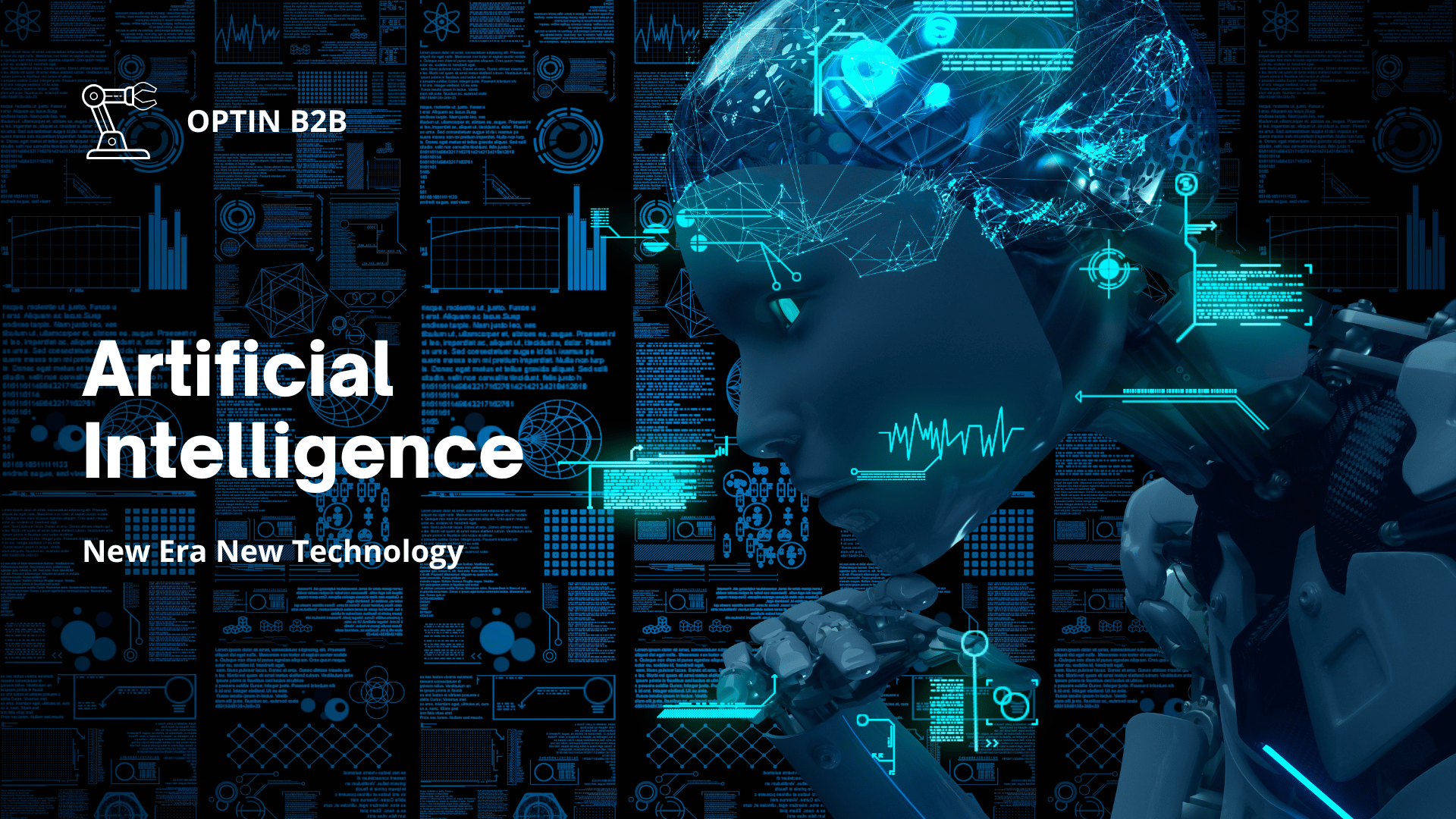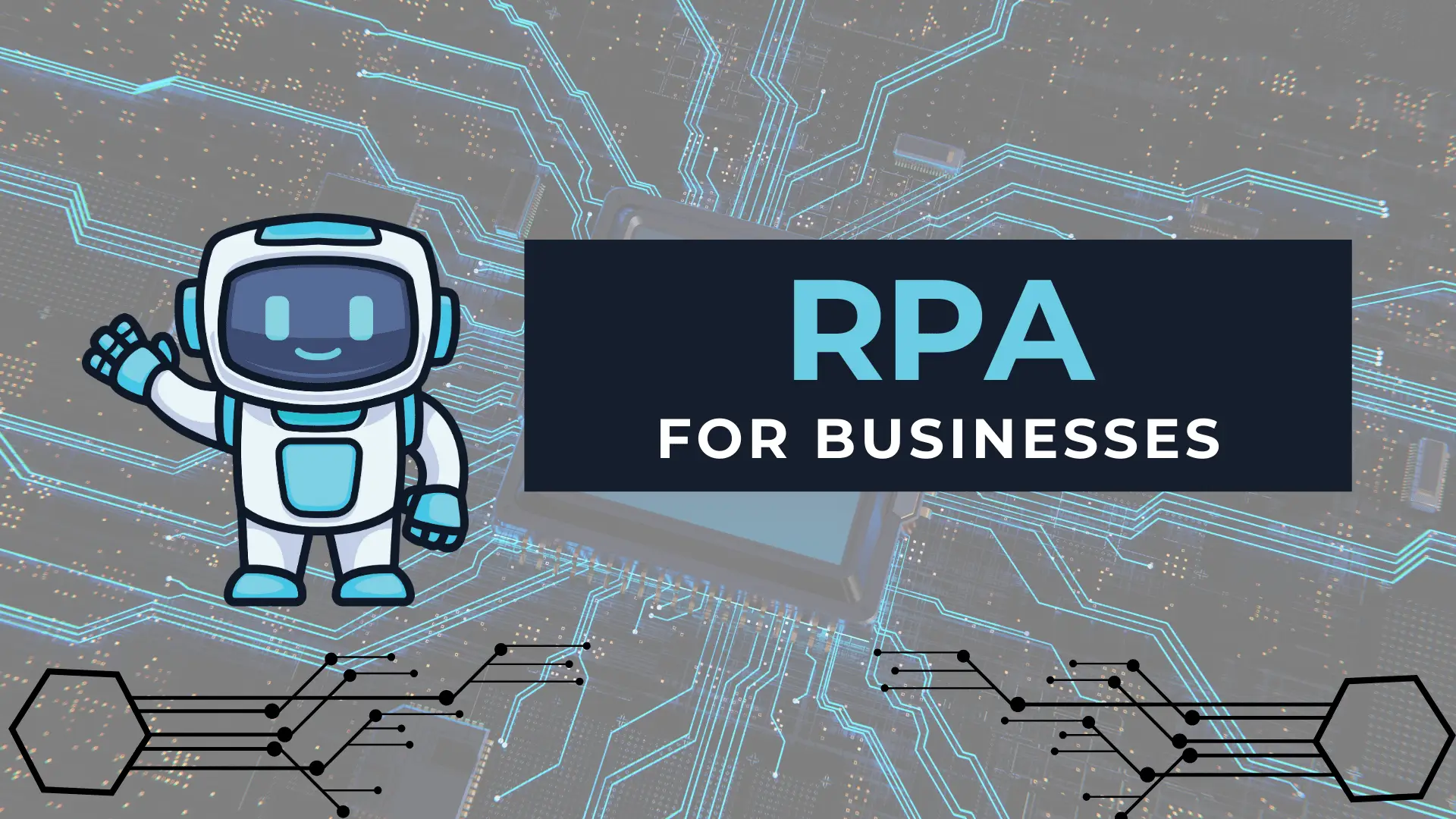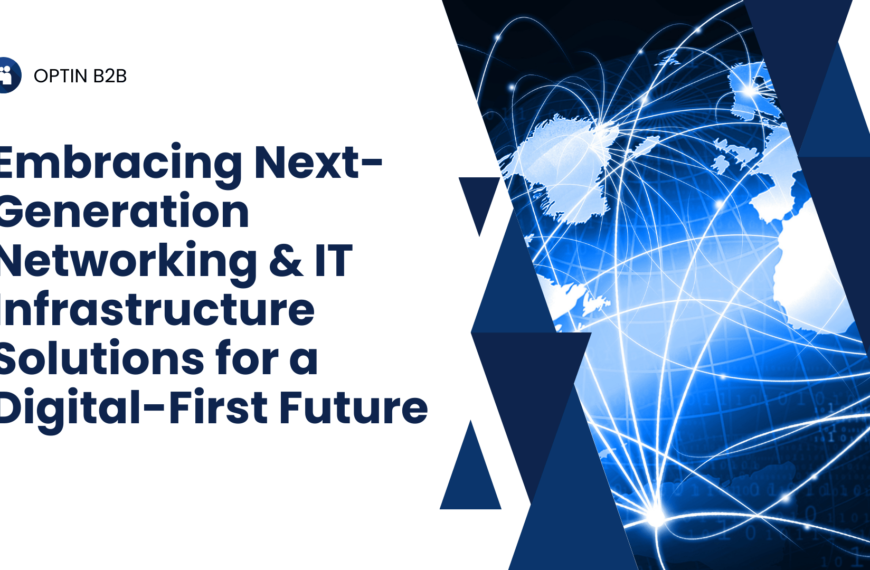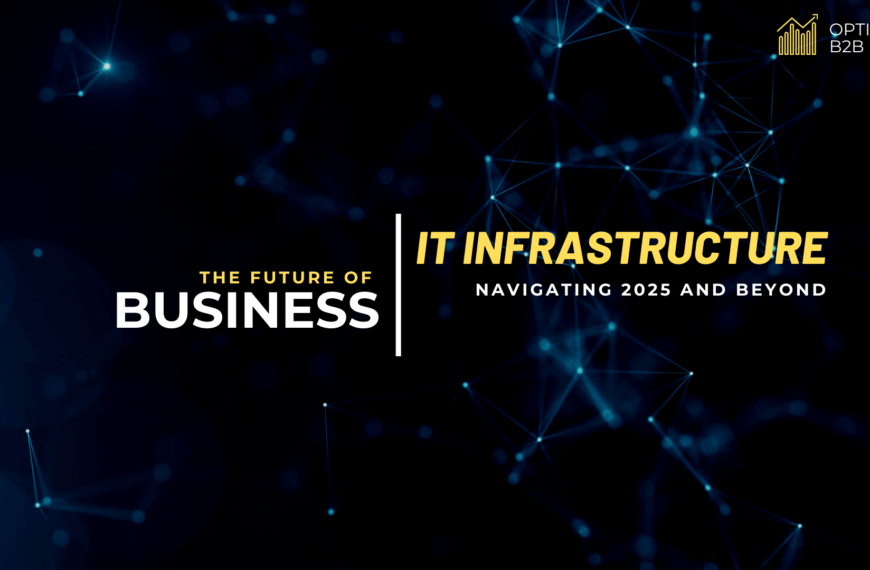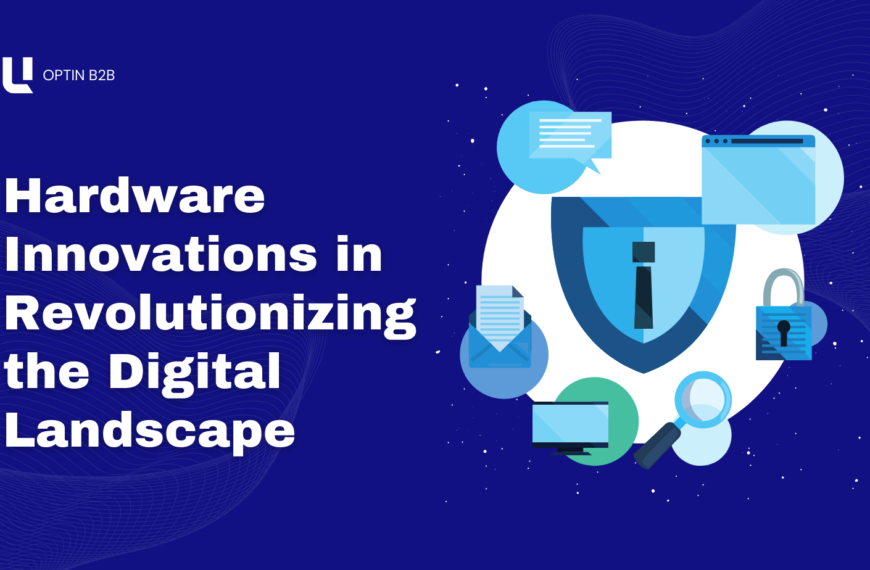As digital transformation continues to reshape industries, cybersecurity has become a paramount concern for organizations of all sizes. With the rise of cloud computing, IoT, and remote work, businesses are facing increasingly sophisticated threats from cybercriminals, data breaches, and advanced persistent threats (APTs). In 2025, the landscape of cybersecurity is expected to evolve further, with organizations prioritizing comprehensive and proactive strategies to protect sensitive data, networks, and systems from malicious actors.
One of the primary challenges in cybersecurity today is the sheer volume and complexity of cyberattacks. Hackers are constantly evolving their tactics, making it essential for businesses to stay ahead of potential vulnerabilities. Leading cybersecurity firms such as Palo Alto Networks, CrowdStrike, and Fortinet are leveraging AI and machine learning to detect and respond to threats in real-time, improving the accuracy of threat identification and mitigating risks before they can cause significant damage. These technologies enable businesses to automatically block threats, reduce response times, and strengthen their security posture.
A significant trend in cybersecurity is the shift from traditional perimeter-based security models to zero-trust architectures. In the past, security was focused on protecting the perimeter of an organization’s network. However, as more companies adopt cloud services and employees work from remote locations, the perimeter has become increasingly difficult to define. Zero-trust security assumes that no user or device, inside or outside the network, should be trusted by default. This model requires continuous verification of identities, devices, and applications before granting access to critical systems and data. Companies like Okta and Zscaler are at the forefront of implementing zero-trust solutions, ensuring that businesses can safeguard their systems regardless of where their workforce is located.
Another growing concern in cybersecurity is the rise of ransomware attacks, which have become more targeted and destructive in recent years. These attacks involve malicious software that encrypts a company’s data, rendering it inaccessible until a ransom is paid. Notable attacks, such as the Colonial Pipeline hack in 2021, have highlighted the devastating impact ransomware can have on critical infrastructure and businesses. As a result, organizations are investing heavily in backup solutions, endpoint security, and incident response plans to mitigate the impact of ransomware and ensure business continuity. Veeam, Acronis, and Barracuda Networks offer specialized solutions to help businesses back up their data securely and recover it in the event of an attack.
Data privacy regulations are also becoming a significant driver of cybersecurity investments. With the implementation of laws like the General Data Protection Regulation (GDPR) and the California Consumer Privacy Act (CCPA), companies must adopt robust security measures to protect customer data and ensure compliance. Failure to do so can result in heavy fines and reputational damage. Cisco and IBM Security are helping businesses navigate these complex regulations, offering solutions to manage data privacy risks while ensuring that organizations comply with regional and global standards.
Looking ahead, the future of cybersecurity will be defined by automation, AI, and a shift toward a more holistic, risk-based approach. As the threat landscape grows more complex, businesses must adopt a proactive cybersecurity strategy that integrates threat intelligence, identity and access management (IAM), encryption, and endpoint protection. Cybersecurity will no longer be a siloed function but will be integrated into every aspect of an organization’s operations, ensuring that security is at the heart of digital transformation.
By prioritizing cybersecurity, organizations can not only protect their data and systems but also foster trust among customers and stakeholders. As cyber threats become more sophisticated, businesses that adopt cutting-edge cybersecurity technologies and frameworks will be better equipped to navigate the digital landscape safely and effectively.

